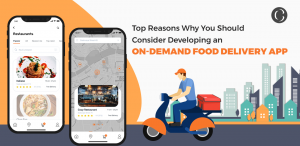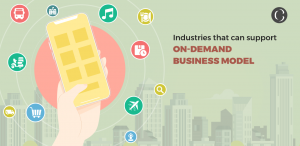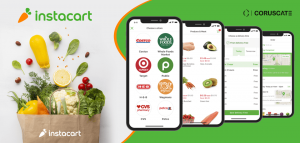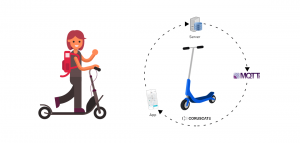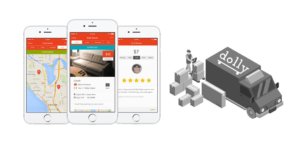Why must every restaurant have an iFood clone food delivery app? + How to Make an App Like iFood + Create an App like iFood + Apps Like iFood + Develop Alternative of iFood
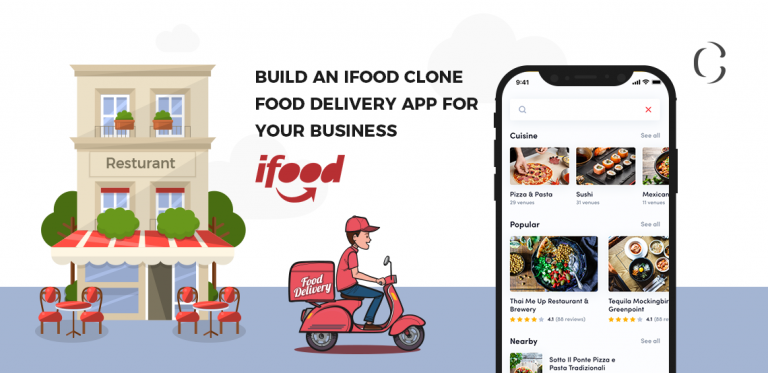
iFood is perfect for ordering food anytime, anywhere. Build an iFood clone app to provide your customers with the dishes from their favourite restaurants.
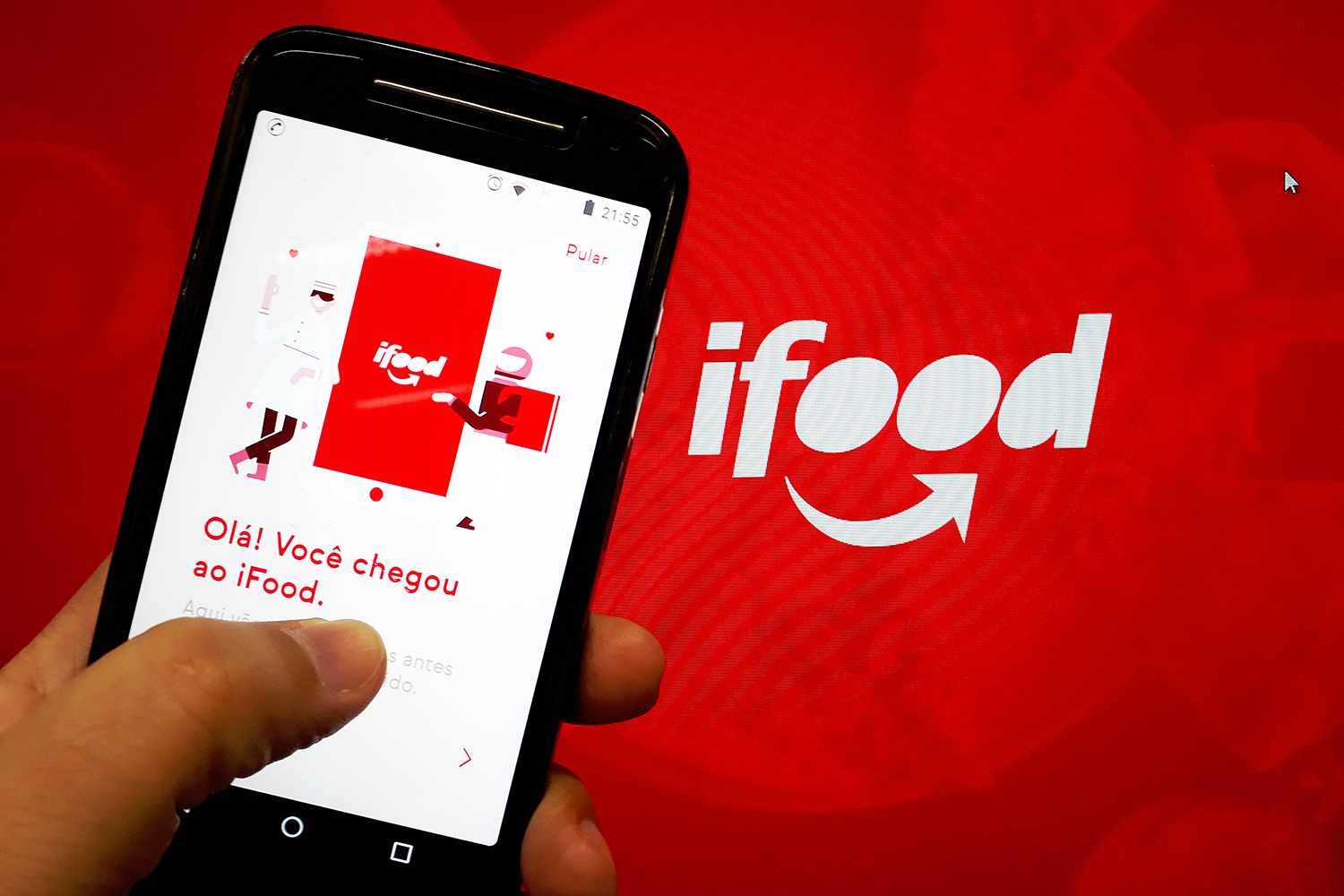
Bad response and the tremendous stress of a long line can lead to decrements of your customers. Because of that, you can end up in a big loss in your business. Now, eateries are encountering a great success by using the ifood clone app. This app helps every guest to take their own time and clarify their orders.
The restaurants going for iFood clone app find it more beneficial for their r own online ordering and delivery service as compared to the third-party services.
One loves to eat sitting in the comfort of your home while reading their favorite book or watching a film or just chilling with your family & friends. Ordering food from the favorite restaurant at your fingertips with the help of the apps make it possible to make this dream come true. There are many food delivery apps for you to deliver food. Services like zomato, food panda, swiggy which act as a collaboration platform connecting the restaurants and customers.
Food delivery is no more called a luxury but more of an expectation than an arbitrary addition for customer foodservice operators. Previously, food delivery only contained pizza and Chinese food but now it includes every cuisine type.
The restaurant operators and delivery platform executives discussed the choices operators must make at the 2019 Food on Demand Conference. They also discussed the types of customers preferring a delivery and the future of the industry.
First-Party vs. Third-Party Deliveries:
Well, once the restaurant owner decides to deliver he must choose among delivering the food or trust a third-party platform to take their food from kitchen to customer.
Third-party platforms are favored among the customers due to their ability to gain scale with limited costs and doubled speed. Additionally, the number of resources needed to start the delivery through first-party incorporate high labor and security costs.
There is a problem of staffing in the hospitality as the booming economy is hiring full-time drivers, who could previously work for compliant third-parties. The third-party delivery systems can be expedient in towns with as few as five to ten restaurants according to GrubHub President and CFO Adam DeWitt.
Restaurant operators addressed the challenges of managing customer experience once the food has been given to a third-party delivery driver.
The companies which are looking to maintain their experiential dining must pick a partner carefully and curate the customers’ experience throughout the packaging and other brand-first elements. However, new combination arrangements can create together multiple third-party platforms and loyalty systems without devoting customer flow.
The third-party deliveries vary with providers extending from GrubHub whose platform is entirely committed to customer foodservice, UberEats. They offer cross-promotion by their transport platform to even more modest players like Waitr. These players employ uniformed employee drivers to ensure the customer experience. Each platform allows an insignificantly diverse experience and operators must determine to build an independent deal with one platform or to allow delivery through many local platforms to guarantee the broadest customer base.
How will the customers keep coming in?
People are concerned due to the increased introduction of delivery service as it could lead to significant declines in dine-in-sales.
This is troublesome as many of the third-party platforms impose high delivery fees implying the restaurant cannot boost its prices.
Studies have been carried out especially for the Food on Demand conference. These studies recommend that quite a number of people selecting the delivery do so instead of cooking at home. This could also mean an overall increase in the customer foodservice industry. This is just opposite to full replacement between dine-in and delivery. However, a notable portion of delivery customers opts for delivery in place of dining in or takeout.
The Future of On-demand food delivery
Food delivery is one of the most in vogue markets right now to earn profits. The industry is going through innovation with self-driving cars, robots, and drones which are all currently in the testing phase.
Ford joined hands with Postmates to start an autonomous vehicle pilot in Miami in the year 2018. The first step comprised of delivering retail goods from mass retailers like Walmart and Target. The pilot is set to grow to DC in 2019. They will be reaching full-scale operations in the year 2021 as predicted by Thomas Walsh, Ford’s Head of Autonomous Vehicle Partnerships.
Postmates has built Serve robots. These robots are delivering food and small retail items in Los Angeles, San Francisco, and Vancouver. The robots are also becoming popular on college campuses with easily available FDA submissive buildings and a more youthful demographic that is more open to the new technology.
Google has joined hands with Guzman and Gomez which is an Australian burrito company. They are planning to launch the first victorious drone delivery service.
Though US laws do not make a huge space for drones, the team was able to test their project stateside lately delivering ice cream to a 3-year-old in Virginia.
Apart from the delivery, the changing technology will manage how food is being ordered. There are many new vehicles that are coming to be equipped with voice assistants that can order your favorite coffee and donut without having to open the window of your car.
As Paul Damico, Naf Naf Grill’s CEO said the value of the brand cannot be emphasized just by saying that Google will do the selection. Customers will be speaking a few words: ‘Hey Google order a hamburger’, but it is the operator’s job to preemptively assure customer’s specific words.
Another growing trend in food delivery apps is “ghost kitchens” or virtual restaurants. The overall idea is enabling the restaurants to operate without a brick and mortar location by using third party delivery. Virtual restaurants grow in rare forms. Current restaurants wanting to expand may use a community kitchen to test if the market is ready for their cuisine to be served.
Additionally, the virtual restaurant idea reduces obstacles to entry for new and independent restaurants looking to begin in cities with higher rents and labor costs.
Develop Alternative app of iFood, How to Make an App Like iFood, iFood alternative app features to consider
iFood Clone app solution for your restaurant business:
iFood is a Brazilian company founded in the year 2011. It is active in the delivery branch of food over the Internet. The app is an industry leader in Latin America and has its presence in countries like Argentina, Mexico, and Colombia. The company came into being like a startup.
The company received its venture capital investments including investment from Jorge Paulo Lemann’s groups and was acquired in the year 2014 by Movile. It had a merger with RestauranteOnline in the same year. This merger brought the company’s value at approximately one billion reais.
iFood has acquired many other players in the industry since then. The company also entered Fintech space in the year 2018. The iFood main company has joined Fintech business and they are allowing the processing of iFood payments processed by Movile itself.
Features of iFood which we can include in your food delivery app:
iFood clone is a comprehensive solution for
- Restaurant Chain Business
- Bakery and Cake Shop
- Eatery and Cafe Store
- Food Trucks and Sea Food Store
You can trust Coruscate for rendering extra authenticity in your restaurant chain business with iFood clone app. We offer Android and iOS apps along with user-friendly interface.
Customer App
By using a customer app, they can order the meal and get it at their doorsteps
» Social Media Login
The app allows the customers can do log in with social media accounts like Facebook and email.
» Multiple Restaurant Option
Customers are enabled to get the list of various restaurants that are nearby to their location and select from the list to order a favorite meal.
» Filtering Option
High-level product and service filter option. This enables the customers to filter the different restaurant’s menu, items, and prices for getting specifically what they want.
» Multiple Payment Method
The customer is enabled to pay for their food order service charge online with debit /credit card or in-app wallet or they can select the COD option to pay using cash.
Provider App
The provider apps are built for your delivery staff to get a delivery request from the restaurant
» Profile Verification
Profile verification is needed to do work as a delivery provider. So they have to do the registration.
» Document submission
The delivery staff has to submit some essential documents that prove their identity to get approval from the admin.
» Mandatory Login
It is compelled to login in order to get a delivery request from the restaurants.
» Request accept/decline option
The delivery provider gets an online delivery service request. They have an accept or reject option along with time countdown.
» Route Optimization and Navigation
The delivery providers can do the route optimization and navigation of a source location with the help of GPS services
Store Apps And Panel
The store apps are offered to manage the whole delivery process online, along with the web panel
» Product Management
The restaurant owner can control all product details online by adding or removing product selection.
» Multiple Order Management
A store can handle more than one order at a time. They can also check a list of in queue order details
» Earning Details
A store owner can manage their profit details. They can also explore earning reports in excel sheets.
» Manage Delivery Staff
The delivery staff can be easily managed to dispatch the food order at the customer’s doorsteps with the right to add or delete a profile.
There is also an Admin Dashboard through which the users can be managed, orders can be viewed and the delivery executives can be monitored. These modules make an essential part of every food delivery app system.
» App Ranking:
Here are the figures from Similar web showing the global app ranking, country rank in Brazil and the Category rank. The iFood app ranks 12th in the food and delivery category.
How can we boost your food delivery business?
Begin with your own online food delivery enterprise to offer a time-saving service to the customers. You can expand your business in this on-demand economy. iFood clone offers a comfortable way to place a food order from the various restaurants and consumers can separate the food menu and prices of several restaurants.
Coruscate offers you a white label solution for your restaurant chain business. Our white label solution is called as Vahak.
If you dream of opening a food place or a restaurant which will only serve the food of your customer’s choice or a place which will serve food which is different than others and has a talent? We can help you with our latest technology and white label solution to build a food delivery app like iFood clone.
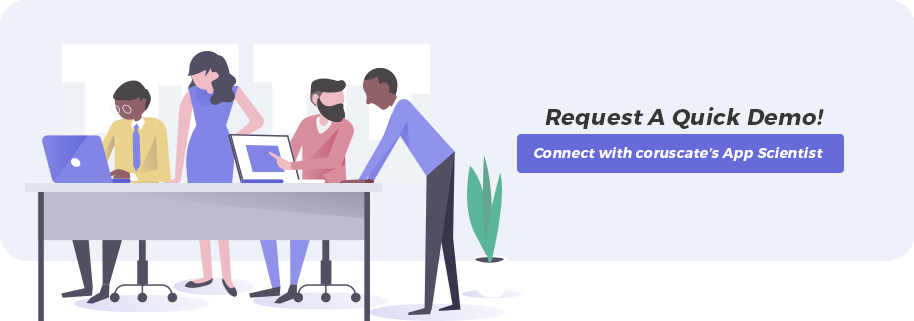
Note: We do not make clones of any exact application, clone means to us is how better we can execute your app idea with existing app features and experience.



